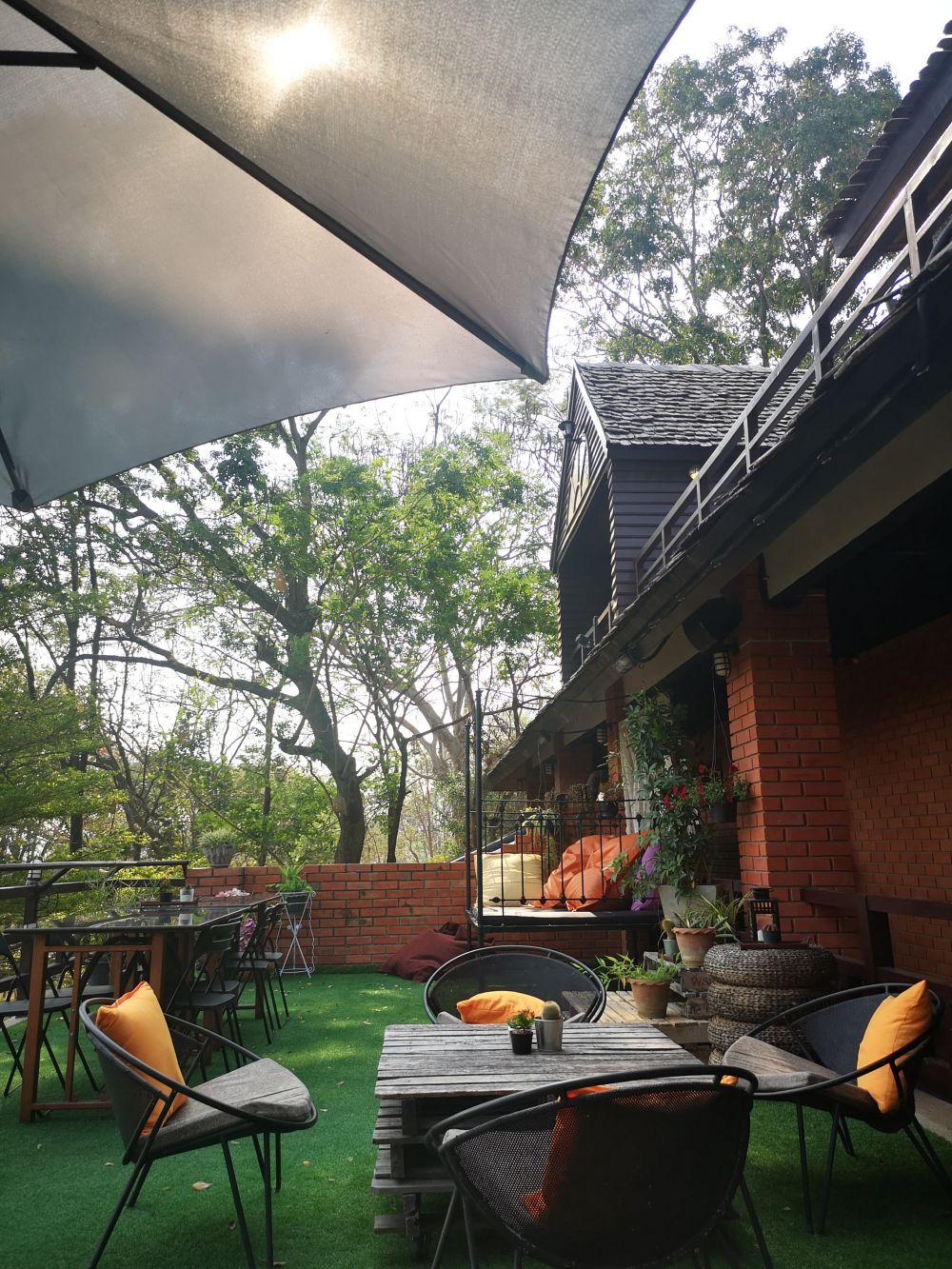Have you been spending a lot of time outside? I’m basically only inside to eat and sleep these days! I’ve developed quite the tan I must say…Well, this week we thought I would be cool to explore some way you can design a welcoming outdoor space, highlighting ways to incorporate furniture pieces onto your patio. For this one, I’m bringing in Birgit’s expertise. She is hands down the most knowledgeable over here when it comes to the materials, the maintenance, and the make of every piece of furniture we bring into the store. I know I learned a TON, including what Ipe (Ee-pay) wood is and why it’s great for low maintenance, and how to get red wine stain out of umbrella fabric!
When designing your outdoor space, you must keep your lifestyle in mind. . There are many different types of furniture these days to suit a variety of deck sizes and lifestyles.
If you love to barbeque and entertain friends maybe a dining table and chairs would be a good option for you. If on the other hand you know that you will never eat outside, then a lounge set would be a better option. “Lounge” is a style of seating in which a chair or sofa has a lower seat height then say a dining chair and the back is reclined slightly further. This just makes for a more comfortable relaxing way of sitting, much like your living room sofa or chair.
Dining sets can range in size from an intimate 2-seater set for a smaller space to an extendable 10-12-seater set for large family gatherings. Many of the manufacturers that we work with have a whole range of dining sets in many different outdoor materials including aluminum, teak and ipe wood. All these materials require minimal care to keep them looking their best. Both the teak and the ipe wood have specialty water-based cleaners to help them maintain their luster. A good scrubbing in the spring and you are ready to enjoy a summers worth relaxation. The aluminum furniture is also easy to maintain. Nothing more then a bucket of soapy water and a garden hose should be needed to get the winter grim off.
If you would rather use your space for lounging, then there are many options for you to consider. Smaller spaces may only be able to fit a couple of lounge chairs with a small side table in between, while larger decks may be able to accommodate a much larger set. For example, 4 chairs and a fire table or a sectional. All our furniture partners have many options to suit your needs.
Over the years the quality of outdoor furniture has certainly improved. No longer do you need to haul your cushions in every time it rains. Most high end manufactures like Jensen Leisure, Kingsley Bate, Mallin, Lane Venture and Gloster use a Sunbrella outer fabric to keep the fabric from fading and then they use a marine grade foam so that the cushions dry very quickly after they have gotten wet. Care for these materials is very easy. Sunbrella can be washed with a soap solution and should you get a red wine stain, a mild bleach solution can be used to get it out. Sunbrella will not fade as it is a solution dyed acrylic. This manufacturing process introduces the dye to the fabric before the yarn has been spun, so that the color runs through the entire yard, not just the surface.
Regardless of which furniture choice you make, make sure it reflects your tastes and needs. With our large selection of furniture, we are sure to have something for you, and if you can’t take it home with you, we can have it delivered.
Big thanks to Birgit for taking the time to impart some great tips and tricks for furniture for the outdoors junkies like me!
Hope you enjoyed, and happy gardening!
Brandi

